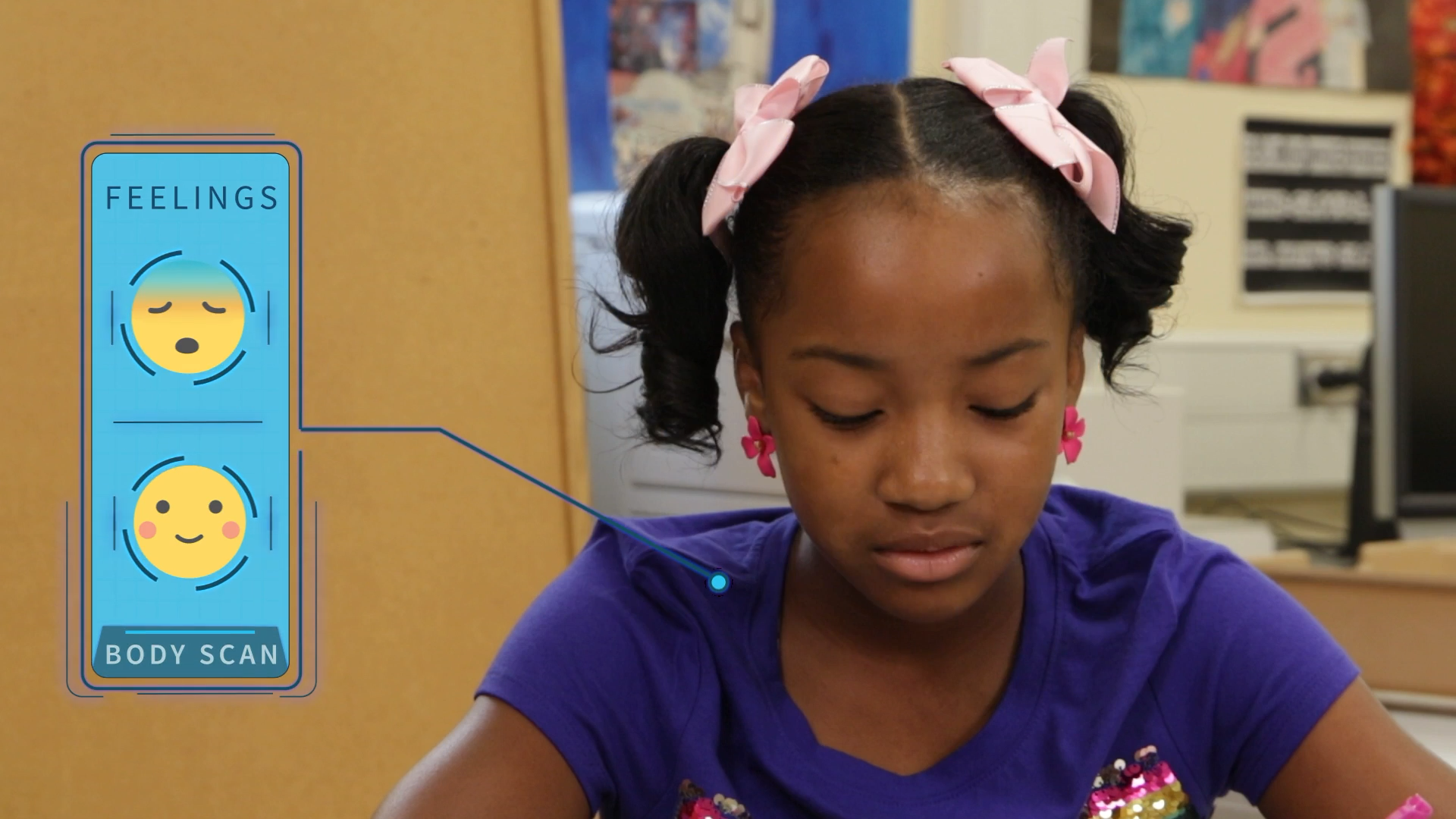
Understanding and responding to the feelings of others is a crucial aspect of social-emotional learning. This blog post will focus on an activity that helps children recognize the feelings of others and respond in a supportive way. We will also discuss related skills and provide resources to further aid educators in teaching these essential skills.
Introduction
Feelings are an integral part of our daily lives, and they change throughout the day based on various events and experiences. Learning to recognize and respond to others’ feelings is an essential skill for children to develop in order to build strong friendships and social connections. By observing facial expressions, body language, and other external clues, children can learn to empathize with others and respond in a way that fosters positive relationships.
No-Prep Activity: The Feelings Detective
This activity requires no preparation or materials from the educator and can be done in a classroom setting or during a playtime with friends.
- Ask the children to sit in a circle.
- Choose one child to be the “Feelings Detective” and have them stand in the center of the circle.
- The other children will take turns making a facial expression or body posture that represents a specific feeling (e.g., happy, sad, angry, surprised).
- The Feelings Detective will observe the child’s expression and body language, and then guess the feeling being portrayed.
- If the detective correctly identifies the feeling, the child who portrayed the feeling becomes the new detective. If the detective is incorrect, they get another chance to guess.
- Continue the activity until all children have had a chance to be the detective.
This activity helps children practice reading the feelings of others and develop their empathy skills by observing and interpreting facial expressions and body language.
Discussion Questions
- Why is it important to be able to read other people’s feelings?
- How can we use our understanding of others’ feelings to be a better friend?
- What are some ways we can respond when we notice someone is feeling sad or upset?
- Can you think of a time when you noticed someone’s feelings and changed what you said or did to make them feel better?
- What are some challenges you face when trying to read other people’s feelings?
Related Skills
In addition to reading feelings, children can benefit from learning other social-emotional skills, such as:
- Active listening
- Effective communication
- Empathy and compassion
- Conflict resolution
- Teamwork and cooperation
Next Steps
If you’re interested in further exploring activities and resources to teach children about understanding feelings and building strong friendships, we encourage you to sign up for free samples of related materials at Everyday Speech. By incorporating these resources into your teaching, you can help children develop essential social-emotional skills that will benefit them throughout their lives.

